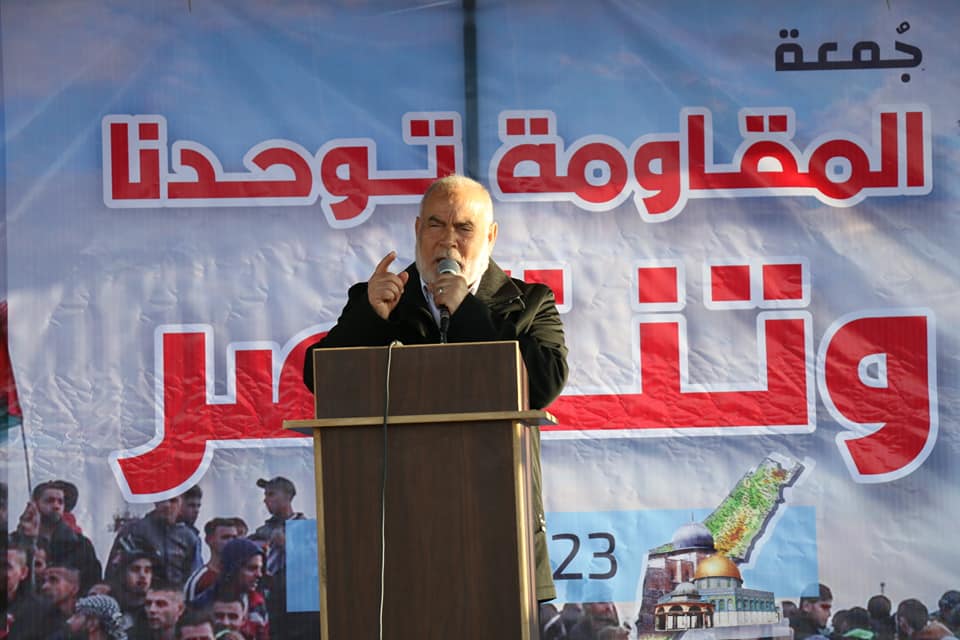The past week Hamas continued to supervise reducing the level of violence at the weekly events (the “return march,” the mini-flotilla and the demonstration in the northern Gaza Strip). There were no exceptional clashes with the IDF and no use was made of incendiary kites and balloons. Hamas’ objective was to ensure the continuation of the talks for an arrangement and an internal Palestinian reconciliation (this past week a delegation of senior Hamas figures held talks in Cairo).
Before the talks in Cairo, Musa Abu Marzouq, a member of Hamas’ political bureau, was interviewed by the al-Andalou News Agency. He presented the main concepts for the talks in Cairo. He said they would focus on “humanitarian understandings” (which he elaborated) in return for avoiding violence in the marches (such as launching incendiary balloons, throwing fireworks and crossing the border). However, he said, the marches would not come to an end and would continue until “the siege is completely lifted.” He threatened that if Israel withdrew from the understandings the Palestinians would respond with all the means at their disposal.
Events in Judea and Samaria focused on a vehicular attack north of Hebron (a form of popular terrorism). Three IDF soldiers were wounded, one seriously and two slightly. Palestinians continued throwing stones and Molotov cocktails at Israeli vehicles, especially on the Gush Etzion-Hebron road.
The Israel Security Agency reported that in September 2018 a Hamas network was exposed. The network planned to carry out attacks in Israel. To that end, Hamas’ military wing recruited operatives in Judea and Samaria and taught them to make IEDs. To transmit messages to operatives in Judea and Samaria, Hamas used residents of the Gaza Strip who had permits to enter Israel for life-saving medical treatment (a modus operandi familiar from the past).









